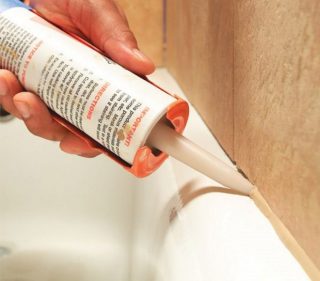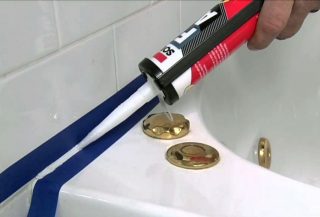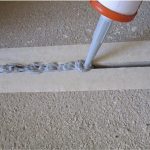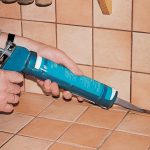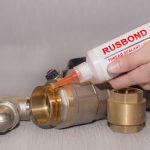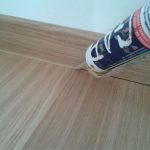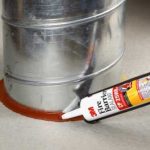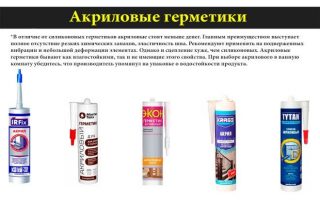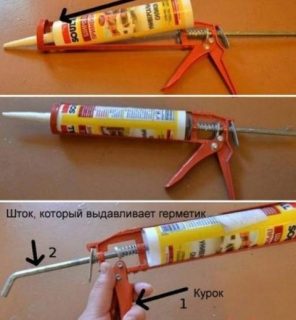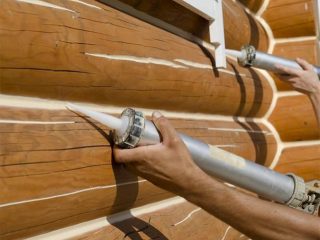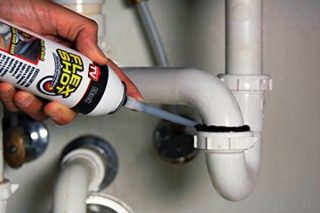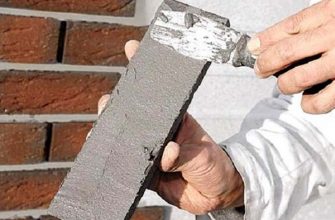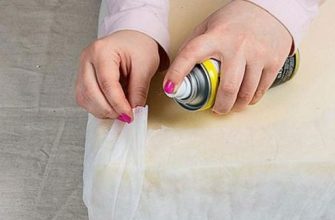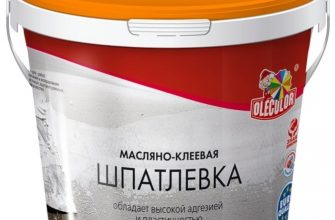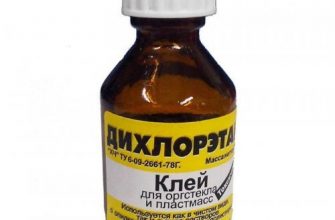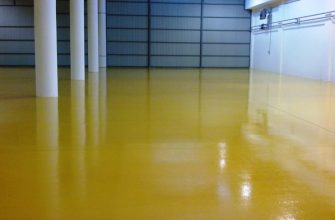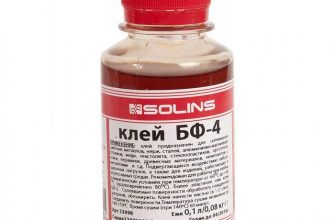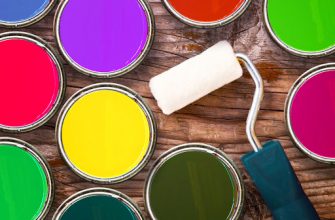Sealants belong to the group of building insulating materials. They are used in the installation of structures, plumbing, renovation of premises, and surface finishing. The composition is a viscous fluid mass in the form of a paste. At the base, oligomers or polymers are used, from which types of sealants of different characteristics are obtained.
Description of sealants
Varieties of compositions:
- curable - the diluent evaporates from the mass when it dries or the polymer part of the composition is vulcanized;
- non-drying - no changes in consistency occur after application.
Sealants adhere well to stone, concrete, brick. They adhere to wood, plastic, drywall. There are compounds that work under normal conditions, others do not collapse at high temperatures or in the cold. The sealant resists the deformations that occur when joining materials with different densities and expansion coefficients.
Each type differs in the speed of setting and the formation of a surface film, the time of complete solidification. Some types cannot be used in interior decoration, so as not to harm your health.
Purpose and properties
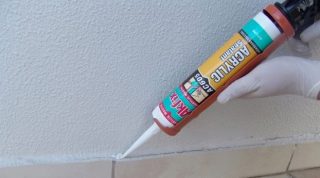
The main quality is to obtain strength after solidification. Sealants act as an insulator if, under the influence of moisture, steam, high temperature, they do not change the initial characteristics.
Purpose of sealants:
- waterproofing the surface or seam;
- filling in gaps, cracks, gaps;
- repair of surfaces with defects, cracks.
All compositions have a different degree of shrinkage after hardening, decrease in size in different ways. The material works well in tension, bending, so vibrations and other deformations do not have a destructive effect on it.
In the bathroom, sealants serve for a long time, since high-quality compounds retain their characteristics all the time of operation.
Application area
Main places of use sealing material:
- sealing of inter-slab connections, filling of seams;
- isolation from sound waves that can penetrate through cracks in walls, floors, ceilings;
- protection from moisture and blowing through the gaps between window, door frames and slopes;
- joining surfaces made of dissimilar materials;
- installation of equipment in the bathroom, sealing cracks so that water does not get there, dampness and mold do not develop;
- sealing joints of plastic, PVC siding, panels from other material when arranging balconies, loggias;
- gluing foam molding, attaching similar decorative elements to walls and ceilings;
- sealing tiles and ceramic tiles instead of putty;
- filling the outlets of heating pipes, boiler nozzles.
After drying, a rounded seam or in the form of an angle is obtained. Different types of spatulas are used to shape.
Varieties of sealants
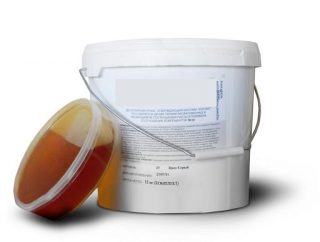
During manufacture, the material is packed in tubes or in special cartridges for use in pistols.
According to the degree of readiness for work the following types are distinguished:
- One-component. Such materials are ready for use, they do not need to be mixed, combined with other thinners, hardeners. When solidified, porosity does not appear, since carbon dioxide does not escape during the polymerization process. The packaging of one-component formulations allows them to be stored for a long time without deterioration in properties.
- Two-component and multicomponent. Before use, the sealant itself is mixed with a binder hardener and other preparations. The result is a mixture that, when dried, becomes elastic and durable. Used for sealing deformation gaps with mobility.
Sealants are available in transparent, white and tinted. The technical parameters of the material depend on the main raw materials used in the manufacture.
By composition distinguish between acrylic and silicone.
Acrylic
The composition of acrylic includes:
- defoamers to reduce the volume of foam residue;
- plasticizers to make the sealant invulnerable to shear of the joining surfaces;
- thickeners to maintain consistency;
- fillers, antiseptics, modifiers.
Acrylic sealants are moisture-resistant, non-moisture resistant and frost-resistant.
Silicone
Silicone contains:
- components for increasing strength;
- plasticizers;
- primer to increase adhesion;
- vulcanizer to increase the fluidity of the mass;
- colored pigments;
- mechanical fillers (chalk, quartz and glass dust);
- fungicides against mold and mildew.
Silicone sealant is more expensive than acrylic, but it adheres better to metal and plastic. Constructive types are used for mounting lightweight elements. One-component compositions are neutral (amide and alcohol) and acidic.
Difference between silicone and acrylic
Sealants are similar in purpose, some qualities, but they also have differences. The choice depends on the difference in adhesion to surfaces and other characteristics.
The main differences are:
- Resistant to moisture. Silicones tolerate water better, while acrylics are more resistant to mold.
- Resistance to stress and deformation. Silicone compounds have more elasticity.In recent years, new acrylic sealants have been developed, which, after polymerization, obtain high strength.
- Acidic silicone varieties are not used on metal, since such compositions are corrosive. Acrylics are gentle in this regard, but they are difficult to adapt to outdoor conditions. Silicone is better at eliminating fluid leakage than acrylic.

Selection rules
Different operating conditions determine the choice of composition. The cost becomes important if you need to process long seams or glue a lot of decorative elements.
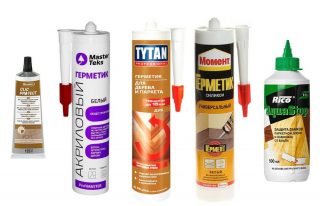
The main factors to consider when buying:
- place of application, humidity, temperature changes during the day;
- resistance to aggressive action of rain, snow, frost, sun rays.
Acting manufacturer, its reputation in the building materials market. For small volumes, they take household tubes and packaging. Professionals use with assembly guns.
Features of the choice by area of use:
- wall gaps - acrylic, polyurethane;
- plumbing fixtures, equipment - silicone, polymers;
- seams between the edges of ceramics, tiles - polyurethane, polymer;
- installation of a mirror, light decor - acrylic, silicone:
- gluing frieze, plinth - any type of sealant.
When choosing, take into account the concentration of impurities in the composition. If the volume of modifiers exceeds 10%, buy the type where similar characteristics are within the normal range.
How to use a sealant
Next steps for installation in the gun:
- loosen the gun fastening nut;
- the stem is pulled back to the stop;
- the container is placed inside the tool body, fixed;
- press the trigger smoothly, squeeze out the composition;
- at the end of the work, the tension is relieved with the fixing plate so that the sealant stops flowing into the barrel.
For plastic cartridges, tubular pistols and skeletal-type devices are used. There are sealants in soft containers (sausages). They are placed in closed-type pistols.
Application rules
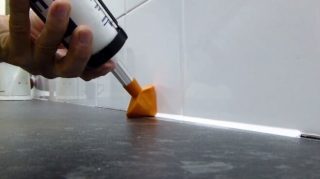
Stitches or surfaces are cleaned from dust, dirt, if necessary washed, dry and degrease. On either side of the seam glue paper (masking) tapeso that the sealant does not get into adjacent areas, from where it will need to be removed.
The nose of the barrel is positioned at an angle of 45 ° to the processed plane. The solution is squeezed out smoothly, to avoid clumping or skipping lines. The correct shape of the seam is given with a spatula, which is lubricated with a soap solution before work so that the sealant does not stick to the tool.
The tape is removed, and the mass is left to set and harden. Excess material is removed with a sponge or spatula. The following work is performed after final solidification.
Elimination of minor defects
The first type is taken for gaps no more than 1 cm wide. After application, the mass is leveled with a spatula or spatula. The result is a non-shrink flexible seam that confidently resists water and chemicals. The long-lasting putty does not fall out or crumble.
Acrylic is used to repair planks, laminate and parquet floors.Cracks in the putty surface of slopes, walls are sealed with it, used to correct defects in a wooden plane. After application, the film forms almost immediately, and after an hour, the sealant can be painted.
Sealing various units
Raw engineering communications cause dampness in basements, basements. All docking points in these rooms must be sealed with moisture resistant compounds. Ventilation system connections also treated with acrylic or silicone sealant so that odors from the pipeline do not enter the room. Insulate the entrance of the water supply to the house to avoid leaks.

